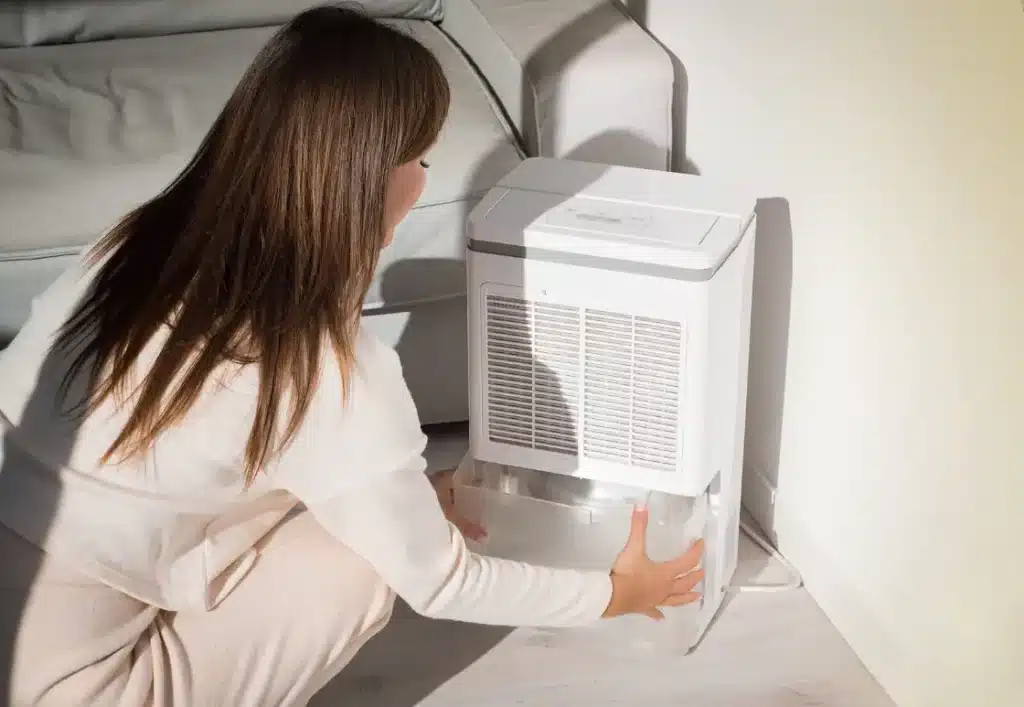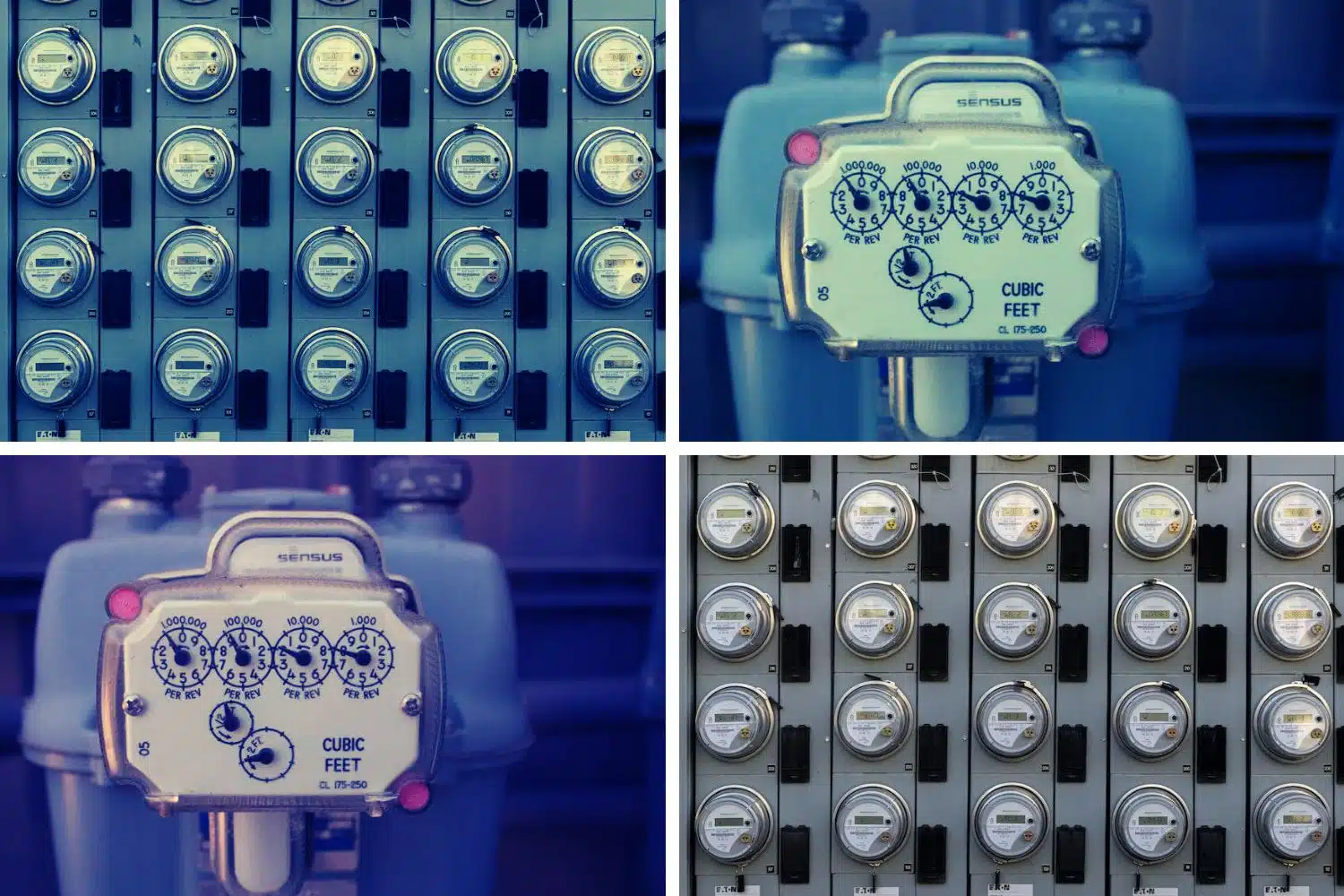Damp and mold are common household problems that can cause significant damage if left untreated. Not only can they undermine the structural integrity of your home, but they can also lead to various health issues, including respiratory problems and allergies. Generally, dampness is caused by excess moisture that can’t escape from your home, often due to poor ventilation, leaky pipes, or cracks in the walls or roof. Mold, a fungus, thrives in these damp conditions, spreading quickly and easily if the environment is right. Hence, it’s critical to ensure your home remains dry to prevent the onset of dampness and mold. Here are some expert tips to help keep your home dry and mold-free:
1. Work With Professional Damp Surveyors

These specialists have the expertise to identify sources of dampness that may go unnoticed. With advanced tools, they can detect hidden leaks, pinpoint poor ventilation, and identify structural weaknesses where dampness could enter your home. They provide a thorough damp survey and offer valuable advice on tailored prevention and treatment strategies.
This could involve recommending dehumidifier insulation or guiding structural repairs. On this website, you can learn more about professional damp surveyors and how they can help dry your home. Hiring a professional damp surveyor can save you time, money, and stress in the long run, giving you peace of mind that your home is protected against the damaging effects of dampness and mold.
2. Maintain Proper Airflow
One of the most effective ways to prevent dampness is by ensuring proper airflow throughout your home. Proper ventilation ensures that excess moisture doesn’t build up, creating an inhospitable environment for mold to develop. This can be achieved by ensuring that areas prone to dampness, such as kitchens and bathrooms, are well-ventilated, either naturally or with the help of exhaust fans.
Regularly airing out your home by opening windows and doors promotes airflow and reduces humidity. Consider investing in air vents or an air exchanger for rooms without windows, like basements, to circulate fresh air and regulate moisture. These measures contribute to a dry, healthy living environment, free from the risks of dampness and mold.
3. Keep Your Home Well-Heated
Maintaining a warm home helps reduce condensation and dampness. Ensure consistent heating throughout your property, especially in colder months. Avoid temperature fluctuations to prevent condensation. Invest in an efficient central heating system and use thermostatic radiator valves for optimal temperature control in each room.
Insulation is crucial for heat retention. Adequate insulation in your loft, walls, and floors prevents heat loss, keeping your home warmer and reducing energy costs. Draught excluders on doors and windows prevent cold air intrusion and heat loss. A well-heated home discourages damp and mold growth.
4. Repair Leaks Promptly
Leaky roofs, pipes, and faucets are among the main culprits of dampness in homes. As soon as you notice any leaks, you must address them promptly before they become bigger problems. Check your home regularly for signs of leaks, such as water stains on walls or ceilings, musty odors, or a sudden increase in your water bill.
If you find a leak, only attempt to fix it if you have the necessary skills and experience. Instead, call a professional plumber or contractor to ensure the leak is completely repaired. By promptly addressing leaks, you can prevent excess moisture from entering your home, causing dampness and mold growth.
5. Invest an Air Circulator or Dehumidifier

Investing in an air circulator or dehumidifier can be beneficial if you live in a particularly humid or damp climate. These devices work by removing excess moisture from the air and promoting better airflow. Air circulators are particularly useful for large spaces, while dehumidifiers are more suitable for smaller areas.
When choosing a dehumidifier, ensure it can handle the size of your living space and has features such as automatic shut-off and adjustable humidity settings. Using these devices, you can regulate moisture levels in your home, reducing the risk of dampness and mold growth.
6. Regularly clean and air out your home
Regularly cleaning your home can also help prevent dampness and mold growth. Dusting and vacuuming keeps your living space clean and helps remove excess moisture from surfaces, preventing mold spores from settling in. Additionally, it’s essential to air out your home by opening windows and doors to allow fresh air to circulate.
Furthermore, pay attention to areas prone to dampness, such as bathrooms and kitchens. Clean and dry these areas thoroughly, ensuring no water or moisture is left behind. Lastly, consider using a dehumidifier in high-humidity rooms or during particularly humid weather to keep moisture levels under control.
Conclusion
To keep your home dry and mold-free, take preventive measures and perform regular maintenance. Work with professionals, maintain proper airflow and heat, address leaks promptly, and invest in suitable devices for your living space. Regular cleaning and airing out your home also help prevent dampness and mold growth. Follow these expert tips for a moisture-free and mold-free home.






